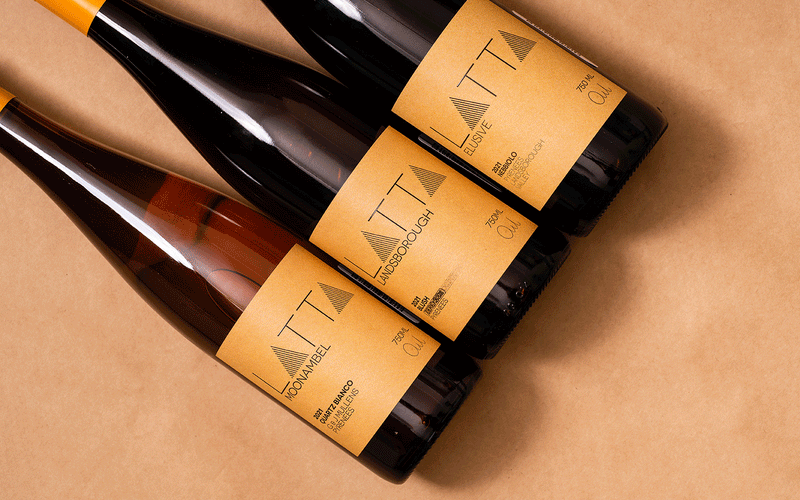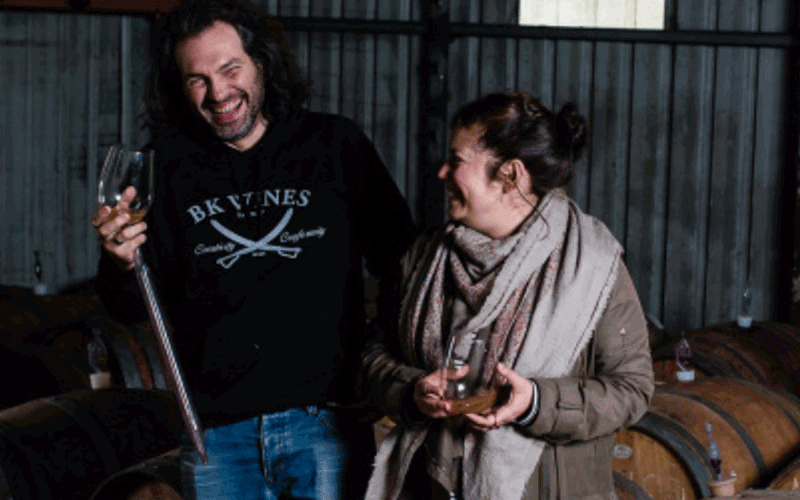Published Sun, Jun 26, 2022
Stanislao Radikon passed away in 2016. He was just 62, and though most casual wine consumers may never have heard of him, he is a key figure in the most recent decades of natural wine history. To most, these wines epitomise a level of beauty and truth sought by wine lovers every time they open a bottle.
Mr. Radikon, known as Stanko, worked with his son Sasa (who now heads production as its inheritor) in and around the town of Oslavia, which is a town that touches the border of Slovenia and Friuli-Venezia Giulia. The town itself exists in almost supernatural separation from the two countries, built up and burnt down through wars and occupations; the inhabitants of the land became themselves through their soil. The landscape was their history.
The Radikon family, alongside Josko Gravner, Movia and a smattering of others, began their winemaking journey using more modern processes. Chemical farming, making commercially viable or predictable wines. But no one really had their heart in the results. It was after Josko Gravner travelled to the cradle of wine - namely Georgia - learning ancient techniques that eschewed mechanisation, pesticides or chemical intervention in the winery and fields. The wines he tasted were of the region's many native and ancient grape varieties, fermented in qvevri, much as they would’ve been when they were first made, 8000 years ago. It was a game changer for Josko and upon his return, eagerly shared it with his friend Stanislao.

This ethos was adopted by the Radikon family immediately, after seeing the prowess and beauty of the Gravner wines. It however, was a long road in going backwards. They too shifted focus to protect the heritage varieties of the region, in particular Ribolla Gialla. Pignolo and Fruilano too. He sold his old French oak and stainless steel, replacing it with local wood barrels. He made a promise to himself to never add sulphur to the wines again, arguing that it would obscure the fruit purity in the wine. This was where the experimentation with extended skin contact came into play, as a way to preserve the wine naturally. He rethought the bottle shape too - deciding that 500mL and 1L sizing was more appropriate for one for dinner, the latter better for sharing. These wines tasted like nothing that was seen on the mass market, and they made waves throughout the world, being served in the finest restaurants. They inspired hundreds of producers around the world to pare back their intervention, and become more experimental with their winemaking style. Radikon helped natural wine to where it sits in the zeitgeist today.
Now Stanislao has passed on, his son Sasa runs the show. Still the ethos remains the same, though there are now a range of Radikon wines that are designed for faster release – more youthful but still honest. The Radikon mission has always been one to reflect the connection they felt to their land, one that told many stories. The wines are the true example of endless experimentation and introspection, showing that to make true natural wine, you have to learn from your mistakes, and be committed to going slow. There has never been the urge to make money from this process, just simply to do something honest. A true expression of culture. Not only that, it is not enough to just farm well, the wines have to reflect your hard work - through purity and complexity. If you want an example of zero-zero wine making and how it can reflect in aged wines that have had extended skin maceration – Radikon is your elixir.


